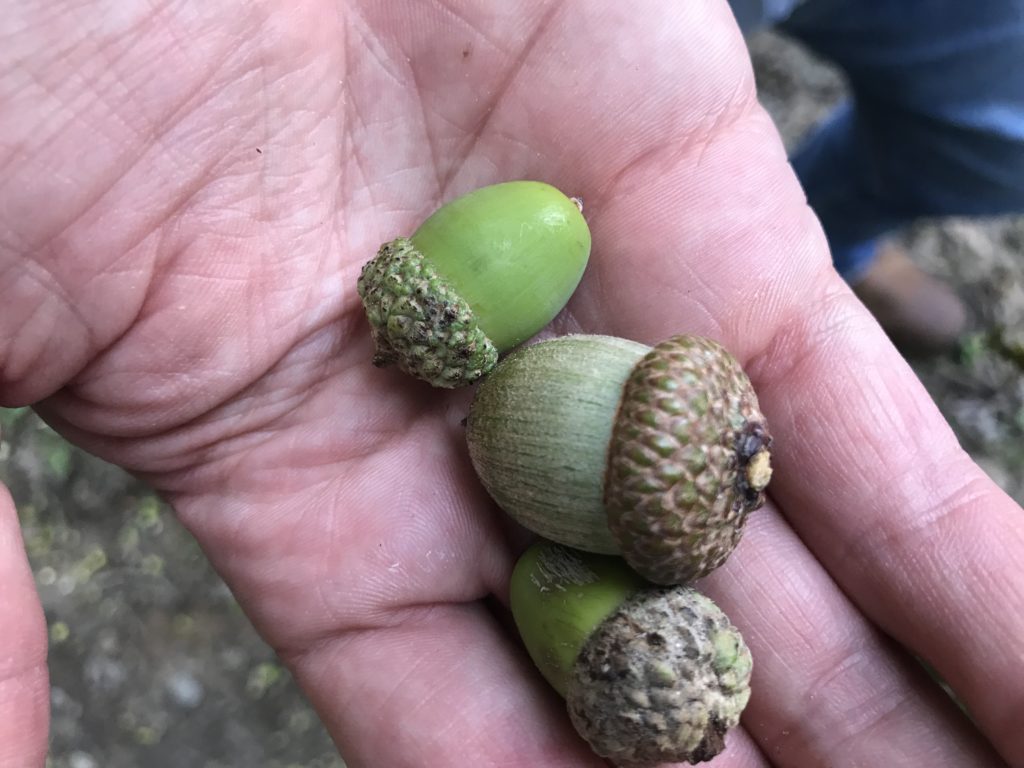Restoring nature — one garden at a time
Your garden is blooming with wildlife-supporting potential. Native plants can provide food or habitat for hundreds of species, from insects, to birds and mammals, while non-native plants may support only a few. With gardeners itching to dig in once again as summer approaches, consider that the choices we make about what to plant can have far-reaching effects.
Given the recent Intergovernmental Science-Policy Platform on Biodiversity and Ecosystem Services (IPBES) report, which alarmingly revealed that one million species worldwide are at risk of extinction, you may be wishing you could take action. You can. WWF programs like In the Zone, which encourage native garden planting, provide tangible, local actions that can help biodiversity thrive.
How do native plants help wildlife?
The simple act of planting a native plant or tree, instead of opting for managed and manicured landscapes, can have cascading effects. A native tree has evolved to be a key part of the ecosystem and food webs in that region. It has adapted to local conditions — soil type, temperature, climate and light — so it can encourage a variety of local insects and animals that have evolved alongside it to use it for food or shelter. Take a native oak tree. It supports hundreds of insect species, including caterpillars, that allow chickadees and other beautiful songbirds to raise their young successfully.
Non-native, alien species don’t have the same relationship with local species. They typically only support a handful of them, which contributes to biodiversity decline. The good news is that a complex problem can have a simple solution: Restore native plant habitat and local biodiversity will often rebound. Nature always finds a way!
It’s a wallet-friendly plan, too. Because local plants are adapted to local conditions, you can save on ongoing garden maintenance costs like water, herbicides and pesticides while cutting down on greenhouse gas emissions by not using motorized lawnmowers.

How can one small garden help one million species?
Southern Ontario’s Carolinian Zone is home to one third of Canada’s at-risk species, as well as one quarter of the country’s population. Humans have transformed and fragmented many of the natural habitats in this region, which in turn has had an enormous effect on local wildlife.
To move or migrate freely, many species need connected patches of land to survive. This is where our gardens come in. While your native plants or balcony garden may not directly support all of your region’s at-risk species, they can help to reconnect and re-establish networks of native habitats that allow birds and insects to fly from patch to patch. Your native garden will provide a service to biodiversity and you may just spot a rare species in your backyard, or on your balcony.
You’ll also help make your garden more resilient to the effects of climate change. Human-driven climate change is one of the major factors of biodiversity loss, according to the IPBES report. Native plants, which often have deeper roots, can act like giant sponges, soaking up water from extreme climate events while supporting wildlife and allowing plants to continue thriving.
Worried about your green thumb? Growing native plants in your garden doesn’t have to feel intimidating. Even a potted plant on a balcony is a fantastic start. Programs like In the Zone have key resources and guidance on how to choose plants and establish a native plant garden. You’ll soon understand whether a plant that loves the sun, the shade or wet areas is best suited to your garden. Local native plant nurseries have helpful and knowledgeable staff to advise you. Plus, getting some dirt under your fingernails can be fun — and even therapeutic. If you’re looking to get growing, sign up for In the Zone today and help grow the biggest wildlife garden in Canada.
